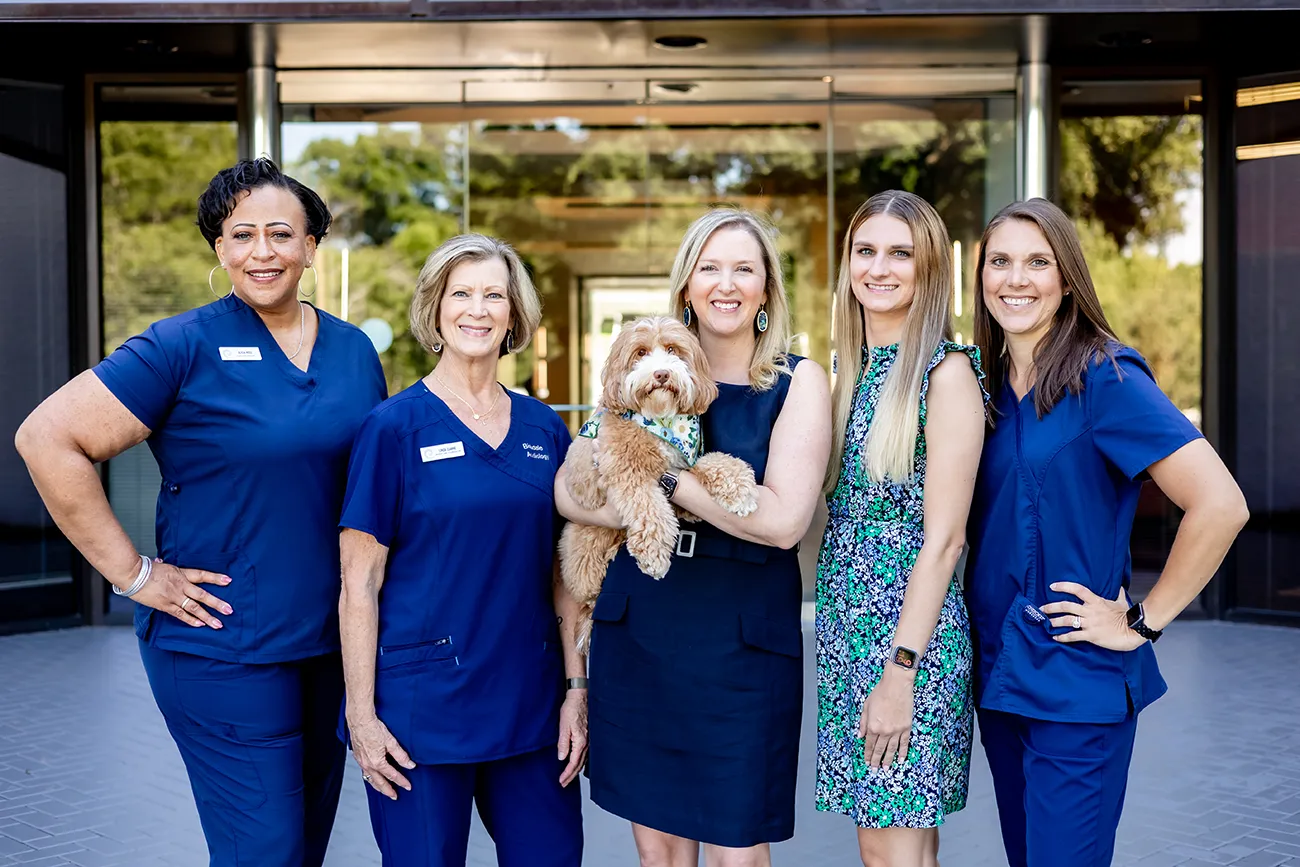.jpeg)
Blocked ears can cause problems like hearing loss, vertigo, and tinnitus, so you want to keep your earwax moving through your ear canal instead of letting it build up and stagnate.Your body typically does an excellent job of keeping things moving along—but sometimes it needs a little help.
If you're dealing with the hearing loss and dizziness associated with impacted earwax, we're happy to help! There are several types of earwax removal we offer. Read on to learn more.
Water is pushed through your ear canal using a unique instrument called an Earigator. In this method, water is calibrated to body temperature and regulated for pressure.
The Earigator™ combines the functions of an otoscope and irrigation into one, providing the most advanced means of cerumen control. The water temperature is regulated to body temperature to prevent dizziness triggered when water is too hot or cold. The water pressure is controlled and has been tested to ensure it will never damage the ear drum. The procedure is painless and feels like a warm water massage on the ear. Patients report they prefer the Earigator method over manual removal or suction.
Microsuction is a safe and gentle procedure that uses medical-grade technology to treat your earwax with a soft, flexible, silicone tip. Once the tip has been placed in the ear, an advanced vacuum pulls out the excess earwax.
We use a set of precise tools to remove the impacted mass of earwax quickly and painlessly carefully.
For mild cases of impacted earwax, you can take one of our home treatments back with you. This uses a mixture of oil, vinegar, and water to soften ear wax and make it easier to remove or fall out.
We know what needs to be done to ensure that our clients' ears are healthier than ever before after removing their earwax, which means that we'll be able to help you as well!
Contact us today to set up an appointment.
Hearing aids are only one piece of the puzzle when it comes to improving communication.
Our comprehensive auditory rehabilitation program will teach you the 5 Keys to Communication Success.
.jpeg)


You'll learn important tips to share with your friends and family members to help them become better communicators.

Hearing and listening are not the same things. We'll teach you simple strategies to boost your active listening skills.

There are lots of ways to modify your environment for successful communication, and we'll teach you all of them.

Your hearing aids will work best when you know how to properly use and care for them. By the end of this program, you'll be a tech expert!

Weekly "assignments" will give you fun and easy ways to practice what you've learned and create new successful communication habits.
